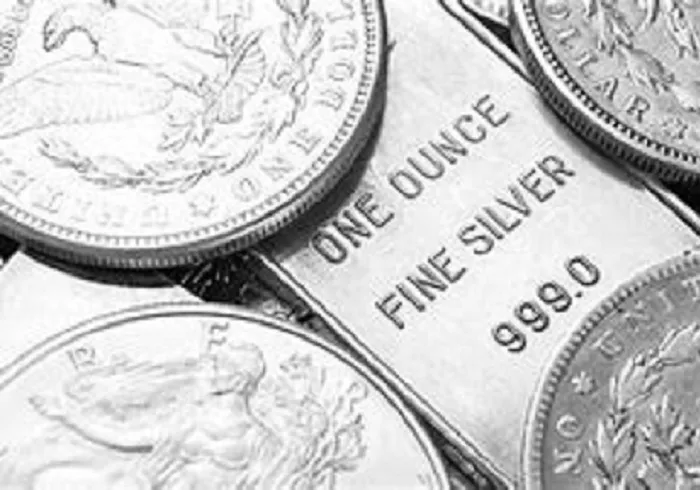Silver, often referred to as the “white metal,” has been a cornerstone of human civilization for millennia. Its applications range from currency and jewelry to industrial uses and investment vehicles. In recent years, silver has garnered significant attention due to its price movements, which have often mirrored those of gold. This article delves into the current spot silver price, explores the factors influencing its valuation, and examines its relationship with the gold price.
Current Spot Silver Price
As of January 5, 2025, the spot price of silver stands at approximately $29.84 per troy ounce. This represents a slight increase from the previous day, indicating a stable yet dynamic market. For investors and analysts, monitoring these fluctuations is crucial, as they reflect broader economic trends and investor sentiment.
Factors Influencing Silver Prices
Supply and Demand Dynamics
The fundamental economic principle of supply and demand plays a pivotal role in determining silver prices. A limited supply coupled with increased demand can drive prices upward. Conversely, an oversupply or reduced demand can lead to price declines. Recent trends indicate a growing demand for silver in various sectors, including technology and renewable energy, which has exerted upward pressure on prices.
Industrial Demand
Silver’s unique properties make it indispensable in numerous industrial applications. Its conductivity and reflectivity are essential in electronics, solar panels, and medical devices. The expansion of green technologies, such as solar energy, has significantly increased industrial demand for silver, thereby influencing its price.
Investor Sentiment and Market Speculation
Silver, like other precious metals, is often viewed as a safe-haven investment during periods of economic uncertainty. Investor sentiment can lead to speculative trading, which can cause short-term price volatility. The interplay between investor behavior and market fundamentals often results in price movements that may not always align with underlying economic indicators.
Economic Indicators and Monetary Policy
Macroeconomic factors, such as inflation rates, interest rates, and currency strength, have a profound impact on silver prices. For instance, when central banks implement monetary easing policies, the value of fiat currencies may decline, prompting investors to seek assets like silver as a store of value. Additionally, the inverse relationship between interest rates and silver prices suggests that lower interest rates can make non-yielding assets like silver more attractive.
The Relationship Between Silver and Gold Prices
Historically, silver and gold have exhibited a close relationship, often moving in tandem due to their status as precious metals and stores of value. The gold-to-silver price ratio, which compares the price of gold to silver, has been a subject of interest for investors. A higher ratio indicates that gold is more expensive relative to silver, and vice versa. This ratio can provide insights into market sentiment and potential investment opportunities.
Conclusion
The spot price of silver is influenced by a complex interplay of supply and demand dynamics, industrial applications, investor behavior, and macroeconomic factors. Understanding these elements is essential for investors and stakeholders in the precious metals market. While silver often mirrors the movements of gold prices, it also possesses unique characteristics that can lead to distinct price behaviors. As the global economy continues to evolve, the factors affecting silver prices will undoubtedly adapt, presenting both challenges and opportunities for those engaged in the market.
Related topics:
- How to Start Investing in Gold: A Comprehensive Guide
- What Is The Location Of Gold In Nature?
- What is the Most Accurate Gold Indicator?


